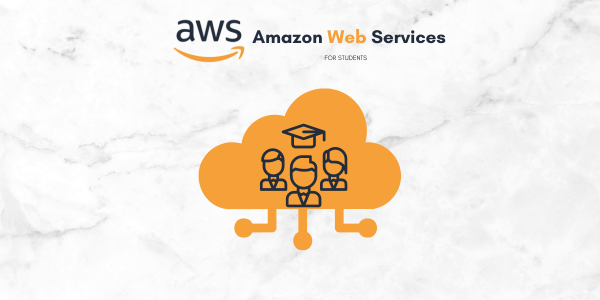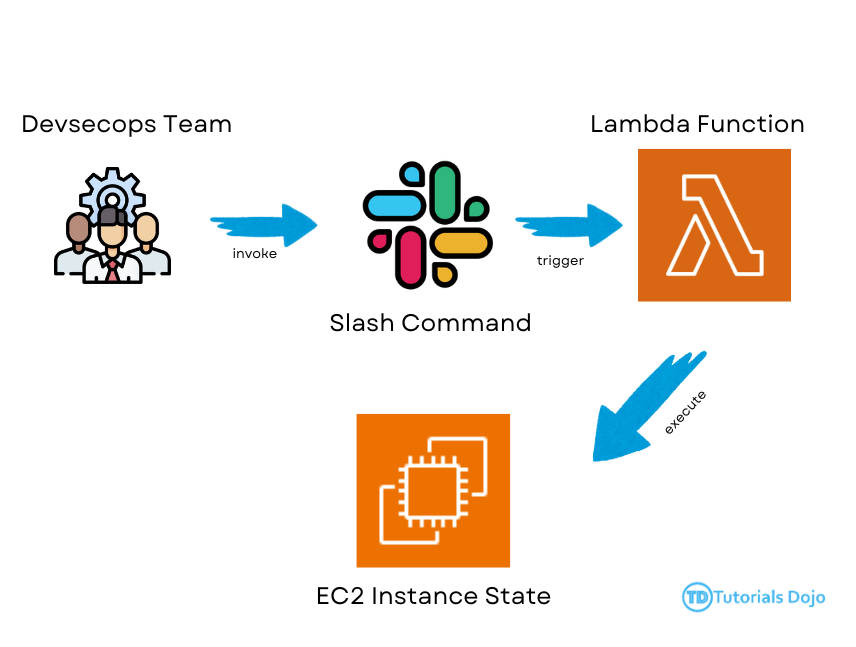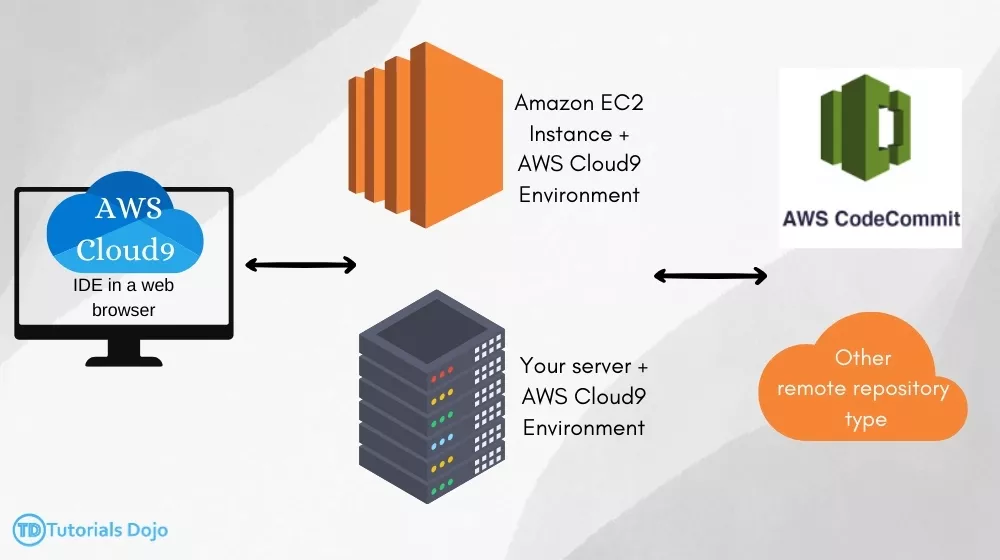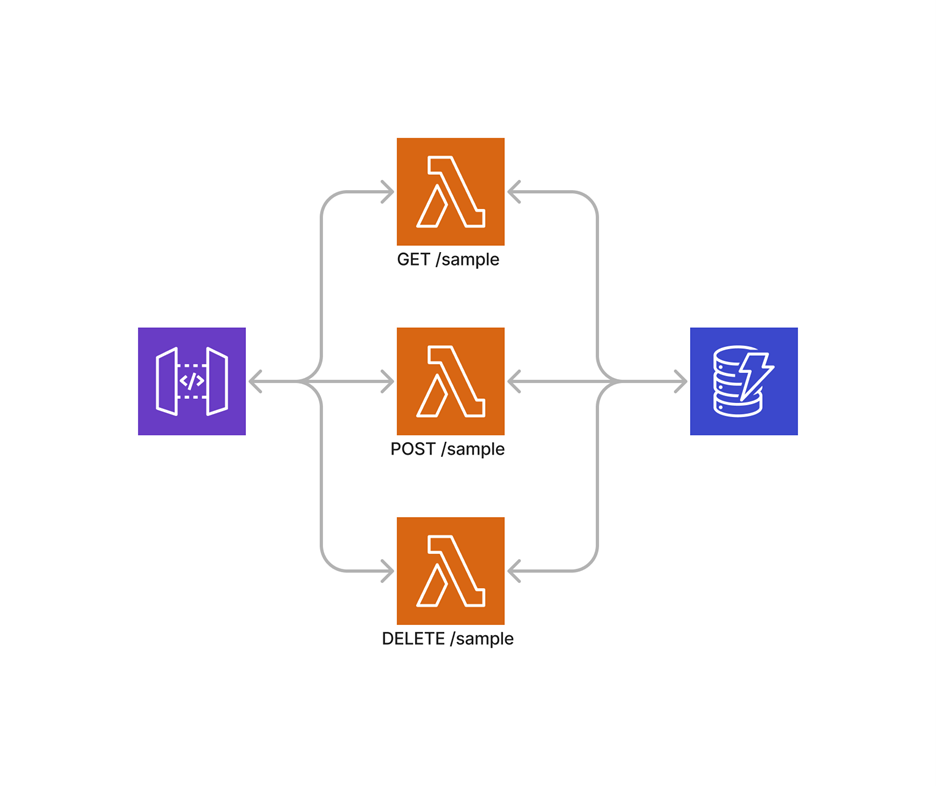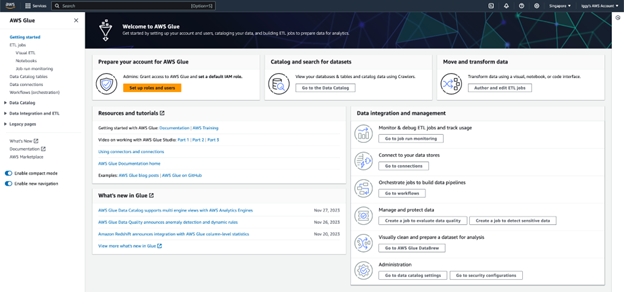AWS for Students, Exploring Cloud Solutions
Joshua Emmanuel Santiago2025-08-29T02:47:19+00:00AWS extends far beyond just Lambda functions, providing an extensive range of vital services for learning and skill development. Throughout this blog, we will explore how Amazon Web Services (AWS) can benefit students interested in cloud computing as we cover various AWS services and their practical applications, helping them effectively leverage the opportunities it presents for aspiring professionals in the field of cloud computing. Starting off with examining AWS storage solutions like Amazon S3, which allow easy, secure data storage and retrieval. This service is crucial for collaborative projects and simplifies the management of large datasets. With this, AWS provides [...]

